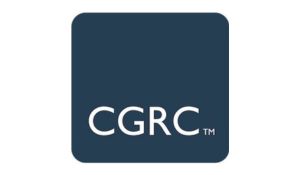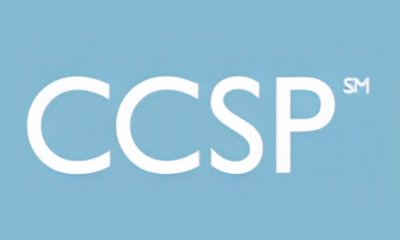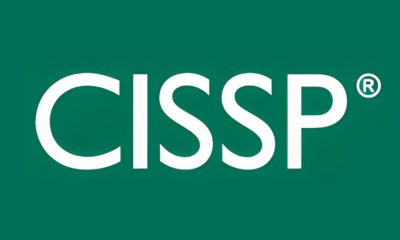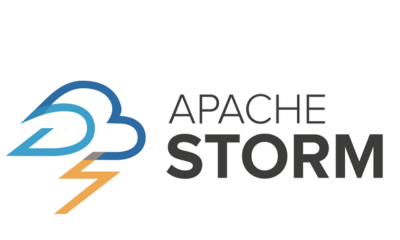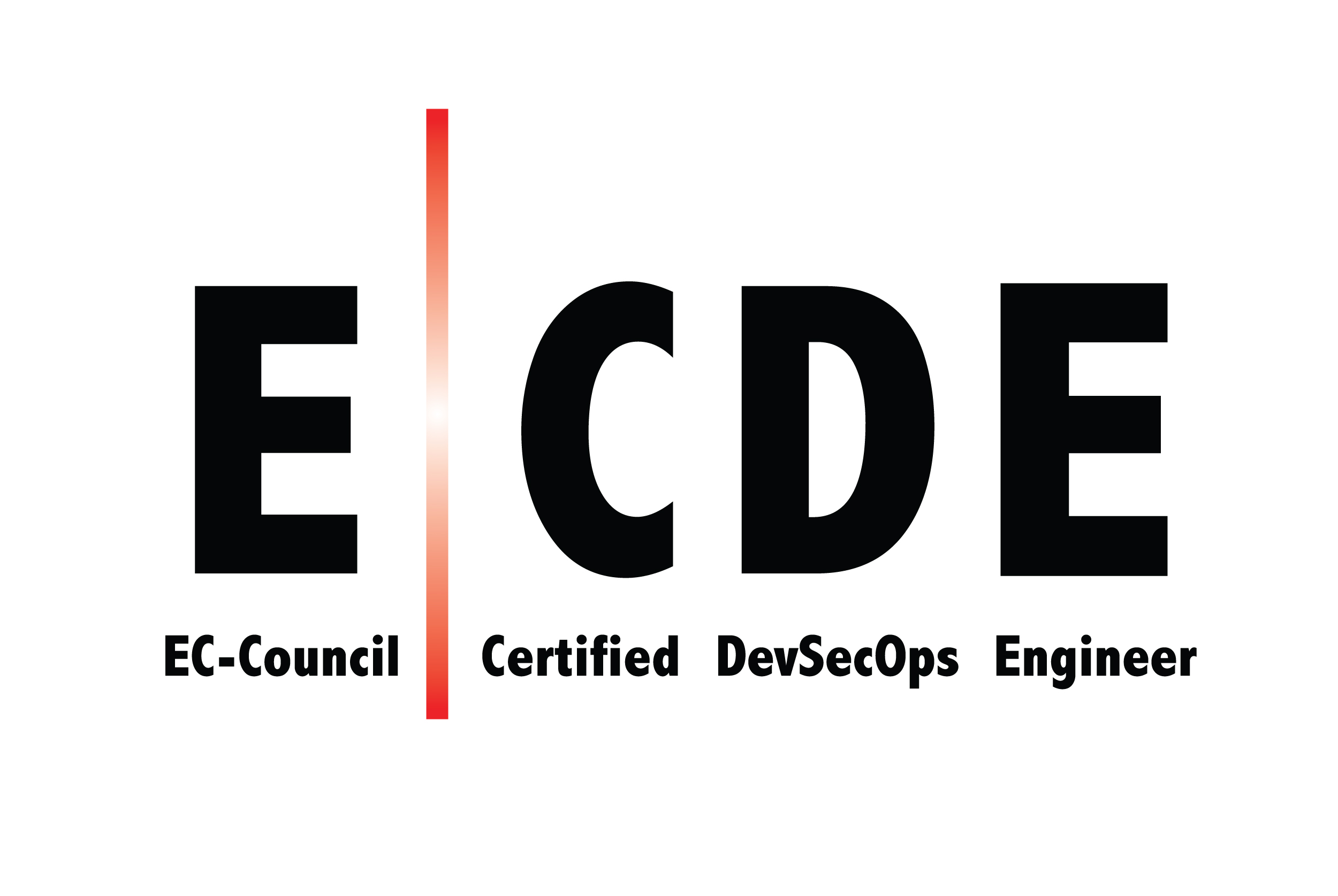6.1 Understand and apply fundamental concepts of networking
6.2 Understand network attacks and countermeasures (e.g, DDOS, man-in-the- middle, DNS poisoning)
6.3 Manage network access controls
Network access control and monitoring (e.g., remediation, quarantine
, admission
Network access control standards and protocols (e.g., IEEE 802.1X, Radius, TACACS
Remote access operation and configuration (e.g., thin client, SSL VPN, IPSec VPN, telework)
6.4 Manage network security
Logical and physical placement of network devices (e.g., inline, passive)
Segmentation (e.g., physical/logical, data/control plane, VLAN, ACLS)
Secure device management
6.5 Operate and configure network-based security devices
Firewalls and proxies (e.g., filtering methods)
Network intrusion detection/prevention systems
Routers and switches
Traffic-shaping devices (e.g. WAN optimization, load balancing)
6.6 Operate and configure wireless technologies (e.g., Bluetooth, NFC, WiFi)









